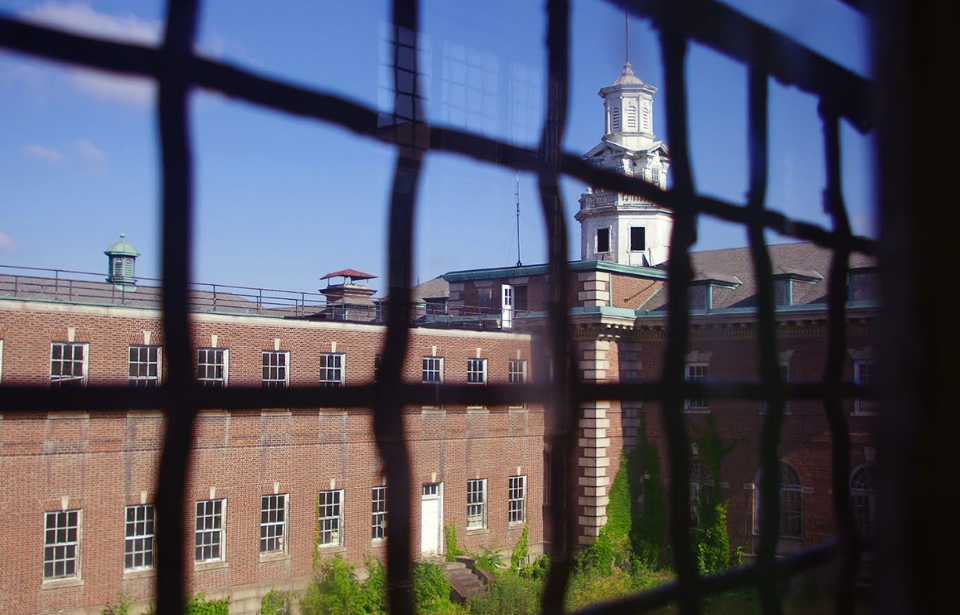The Allentown State Hospital opened on October 3, 1912, as the Allentown Homeopathic Hospital for the Insane. It was located at 1600 Hanover Avenue, just west of the border between Allentown and the city of Bethlehem. Established atop a hill and boasting over 200 acres of space, it was once considered an impressively modern facility. See inside, thanks to these amazing photos taken by Antiquity Echoes.
During its nearly 100 years of operation, the hospital served the counties of Northampton, Leigh, Carbon, Pike and Monroe, and would occasionally take in patients from eastern Schuylkill.
A working medical facility
Planning for the Allentown State Hospital began in 1901 after the Germantown Homeopathy Medical Society of Philadelphia promoted a bill in the Pennsylvania Legislature for the construction of a state hospital. Three years later, a property is sectioned off in east Allentown, laying the groundwork for the facility’s construction.
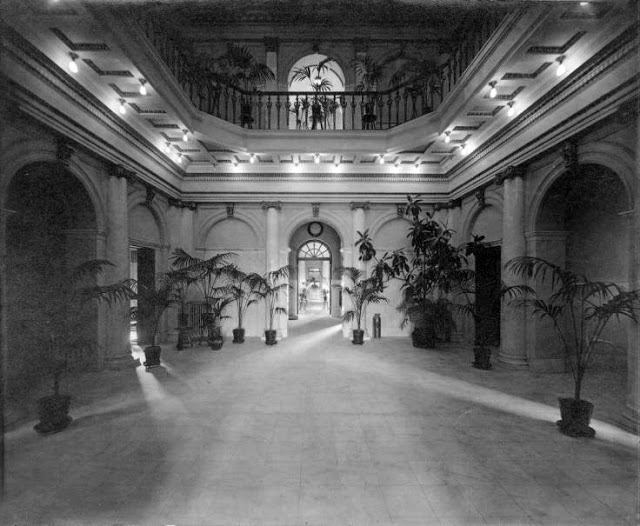
It cost $1,931,270 to build and featured an impressive open floor-plan that was later segmented to allow patients private living areas. It initially served 50 patients from the state hospitals in Danville and Norristown, as they were experiencing issues with overcrowding.
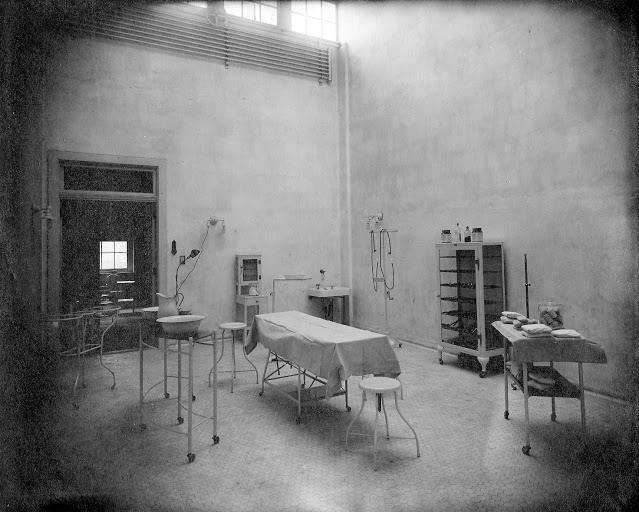
As the population within the hospital grew, calls came for the addition of an admissions building and a place for nurses to reside. There was a need for the hospital to be self-sufficient, so officials developed farming facilities and a coal tramway to connect it to the local railroad.
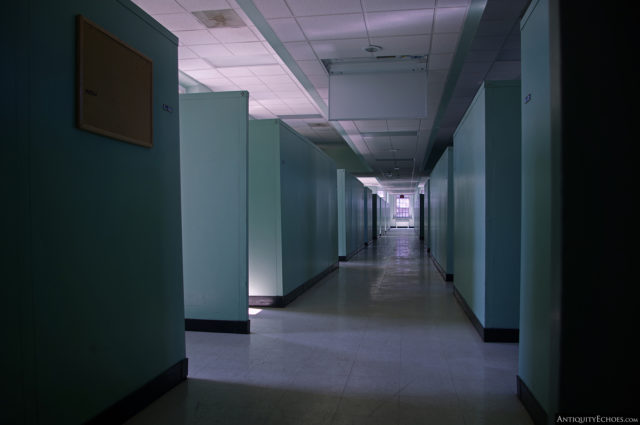
As tuberculosis ran rampant across the United States, there was also the need for a dedicated ward where patients could receive treatment without putting other residents at risk. At the same time, calls came for a secondary building where those with other contagious diseases could isolate.
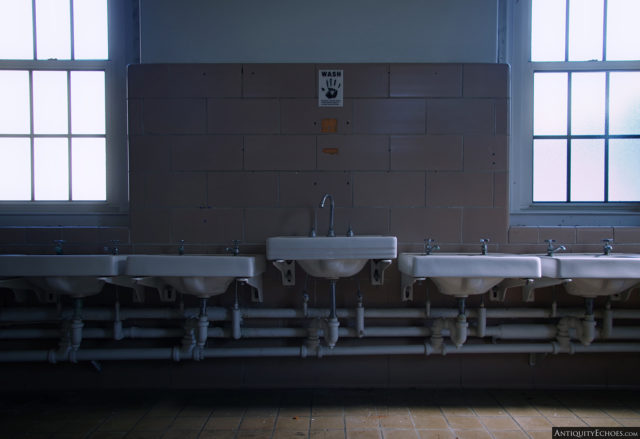
The majority of the buildings making up the hospital at the time of its closure were built during the 1920s. It ultimately came to encompass nearly 30 different buildings, and reached its peak patient totals in 1954, with 2,107.
An especially modern facility
The Allentown State Hospital was considered a modern facility during the early-to-mid 1900s, and it eventually abandoned homeopathic remedies for modern medical practices. It focused on providing the best medical care, with doctors drawing up comprehensive case histories for their patients to ensure they administered the best course of care.
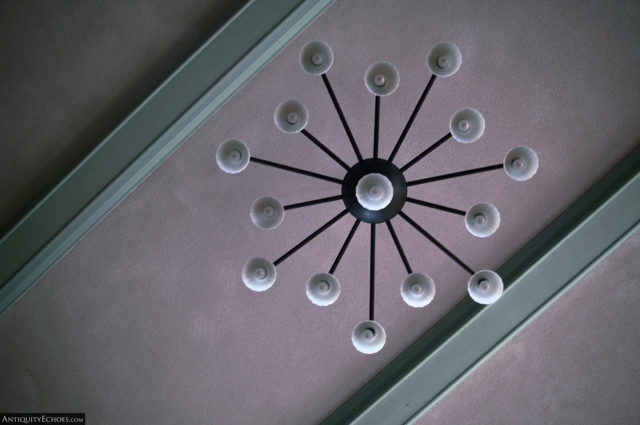
The hospital also featured a decently sized morgue and laboratory in a standalone building on the western side of the property. Those wishing to gain access were only able to do so via underground passages, which connected each of the buildings.
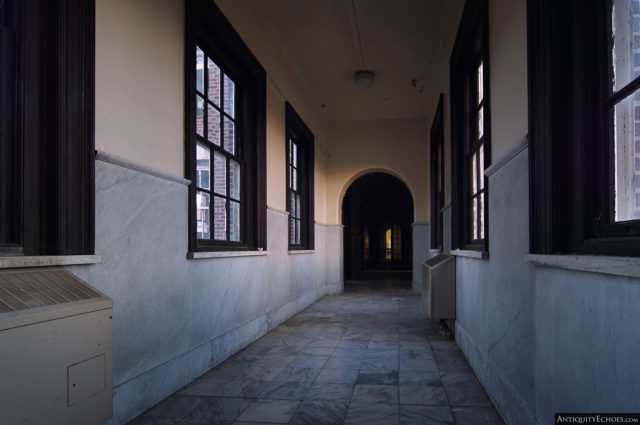
Remedies varied depending on the patients’ ailments. Common treatments included bed rest and exposure to fresh air, while others involved hydrotherapy. Along with basic medical care, the facility was also equipped to perform dental and surgical procedures, as needed.
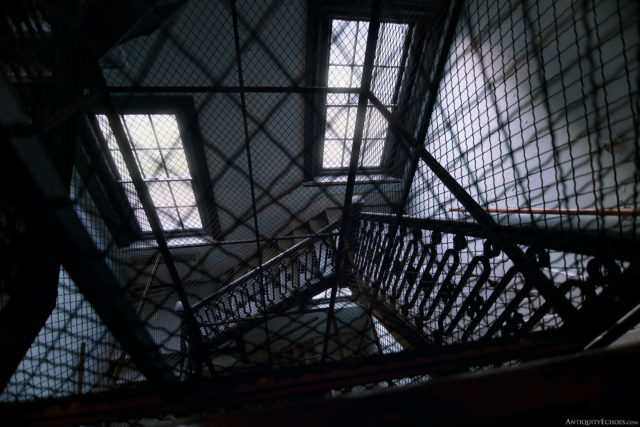
In 1930, the Mental Health Institute for Children opened on the grounds of the hospital. This first-of-its-kind facility housed 140 children from across Pennsylvania and would be the only one to operate for the next 30 years, until the opening of the Eastern State School and Hospital in the 1960s.
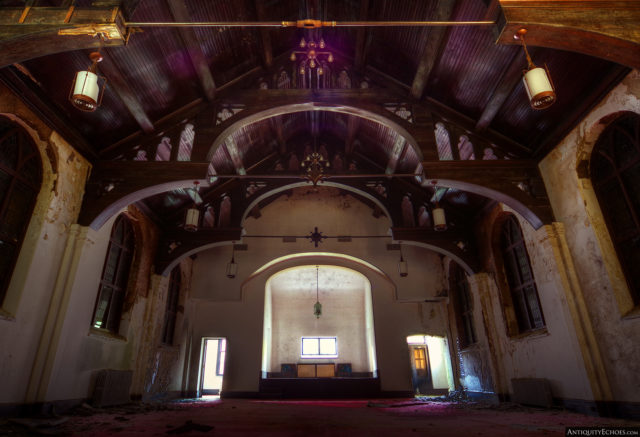
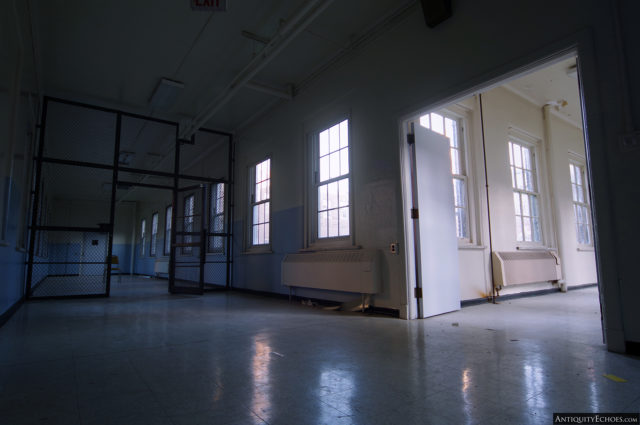
In November 1998, the facility became the first psychiatric hospital in the U.S. to be completely seclusion-free. This meant it had taken the steps necessary to abandon the common practice of seclusion and restraint as a form of behavioral management.
Beginning of the end
In 1992, the Mental Health Institute for Children officially closed its doors. That same year, the Psychiatric Emergency Response Team was formed, paving the way for a 1998 ruling regarding the management of patient behavior.
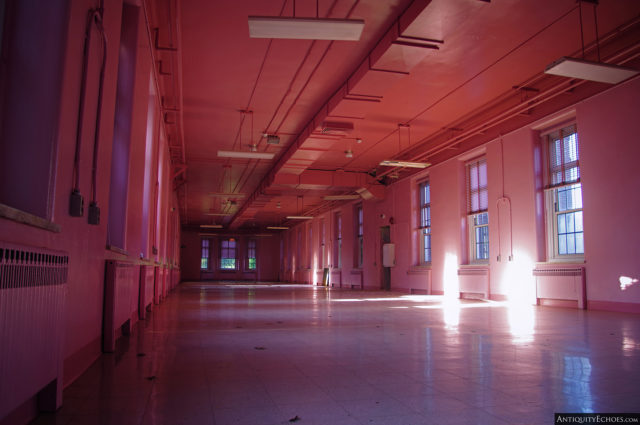
In 2009, the Pennsylvania Department of Public Welfare told a local newspaper that it was considering shutting down the hospital.
It was experiencing its lowest occupancy levels, with 379 staff tending to just 170 patients. This was due to a number of factors, including the increase in pharmaceutical treatments and a move toward community-based programs, resulting in a sharp decline in the need for psychiatric institutions.
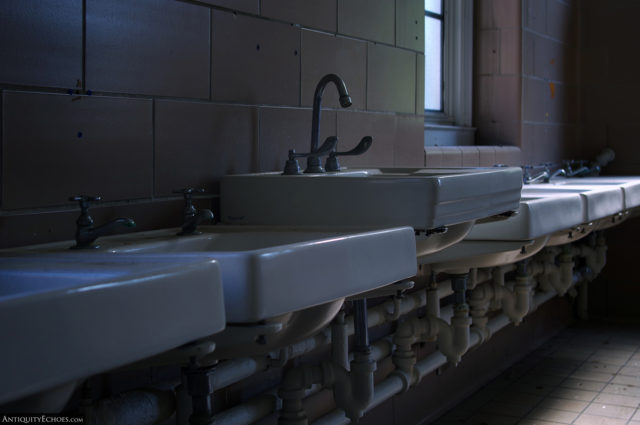
On December 17, 2010, the hospital was officially shut down. Patients were split between the Wernersville State Hospital in Berks County and residential-care centers within Allentown. Of the staff still working at the facility, only 85 were given transfers.
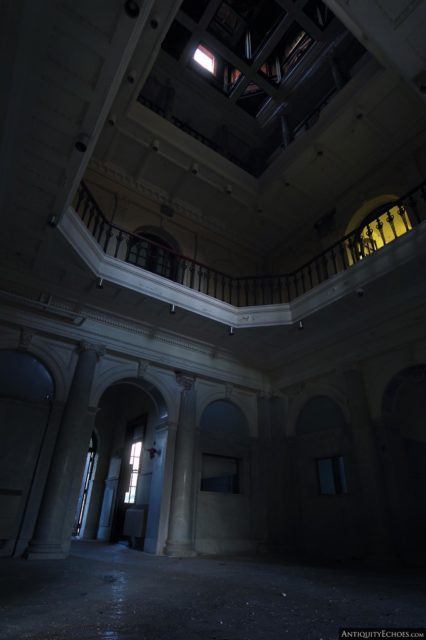
In the years that followed, the hospital was given regular maintenance, including security and lawn care. Only when the heating was shut off in 2018 did the typical signs of abandonment, such as flaking paint and crumbling plaster, begin to appear.
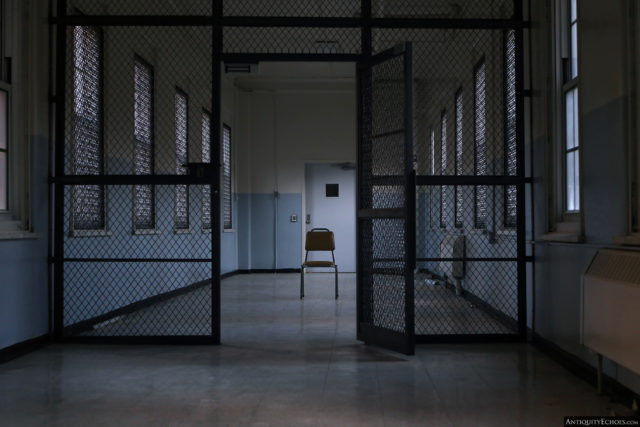
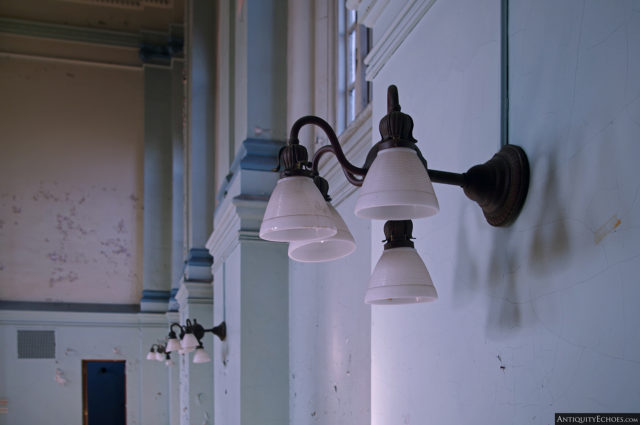
Despite its closure, the hospital was used as one of the filming sites for director M. Night Shyamalan’s 2019 movie, Glass. Filming took place between October and November of 2017.
Demolition
Come 2019, the Allentown State Hospital was one of just seven psychiatric hospitals remaining in Pennsylvania. Word spread regarding plans to tear it down, and this led concerned citizens to petition the state to hold a public forum to discuss the facility’s future.
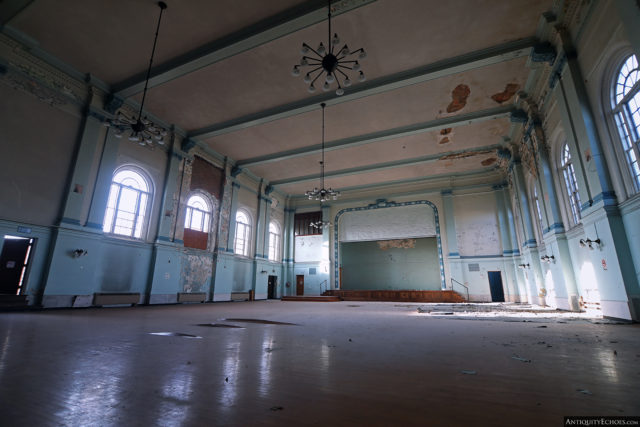
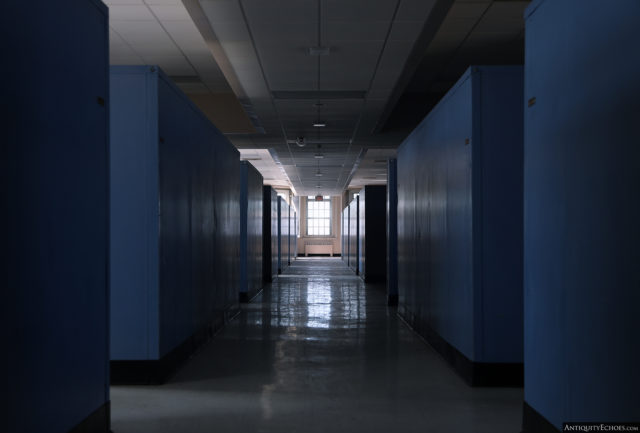
In their request, the petitioners asked that “the commonwealth do everything within its power to save the historically and culturally significant positions of the property from demolition.”
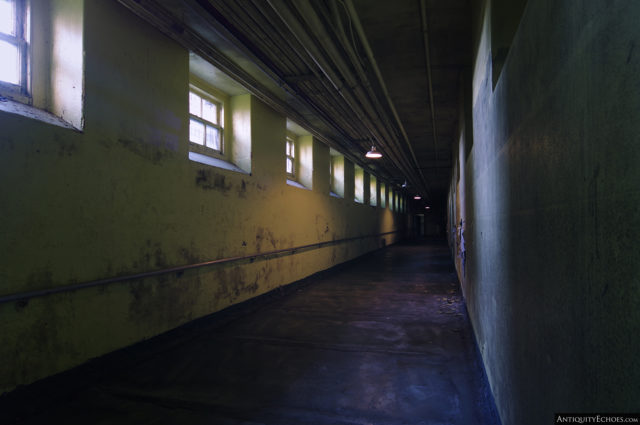
Despite attempts to have the main building deemed a heritage site with the National Register of Historic Places, then-Governor Tom Wolfe decided on July 2, 2019, that all buildings on the property would be demolished to make way for other projects.
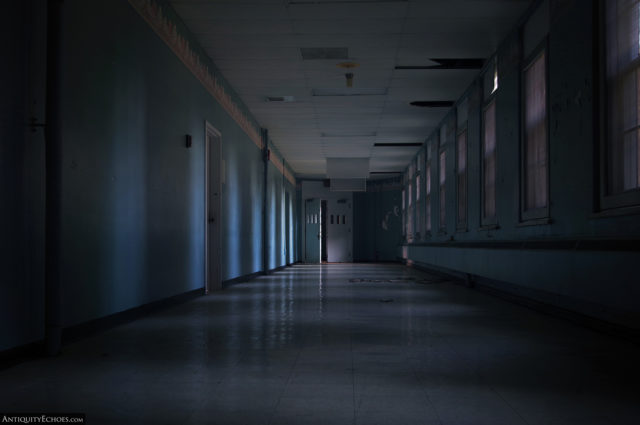
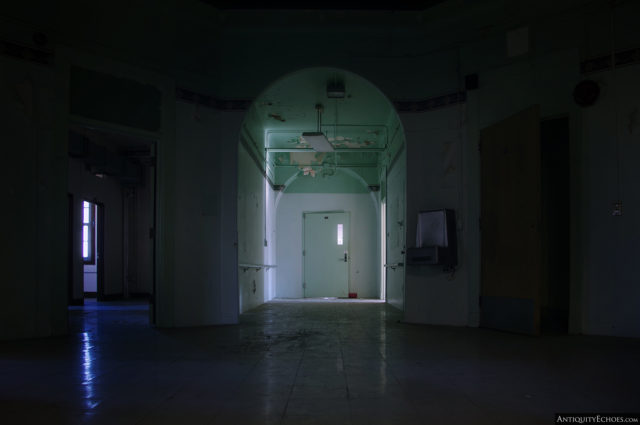
More from us: Nevele Grande Resort: A Once Extraordinary Hotel Left In Disrepair
The Pennsylvania Department of General Services prepped the site for demolition by placing bins around the property. At a cost of $12.7 million, demolition began in late 2020 and was completed in the early months of 2021.
